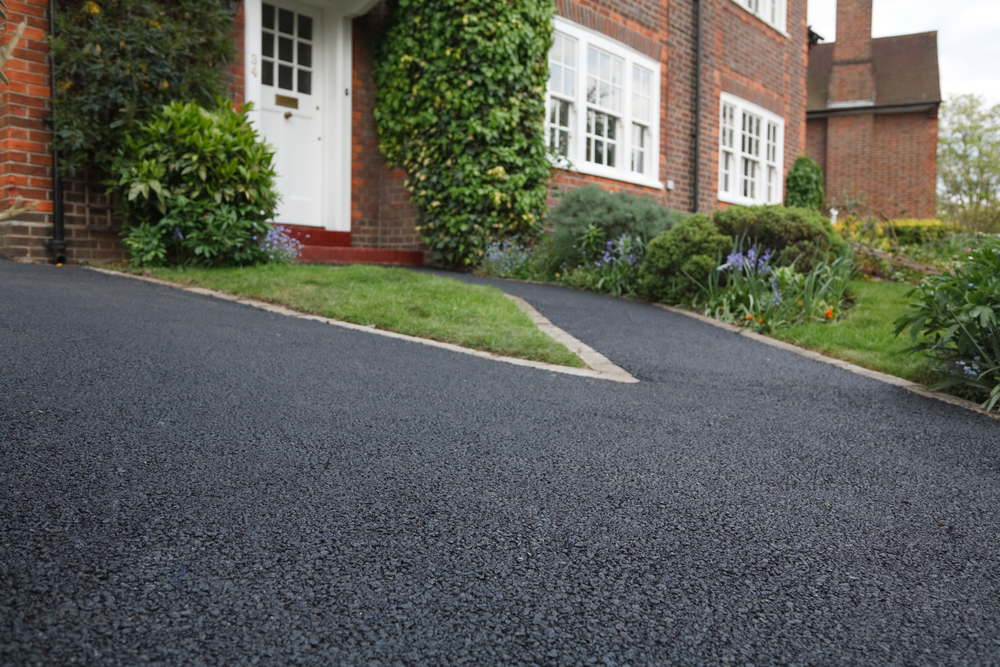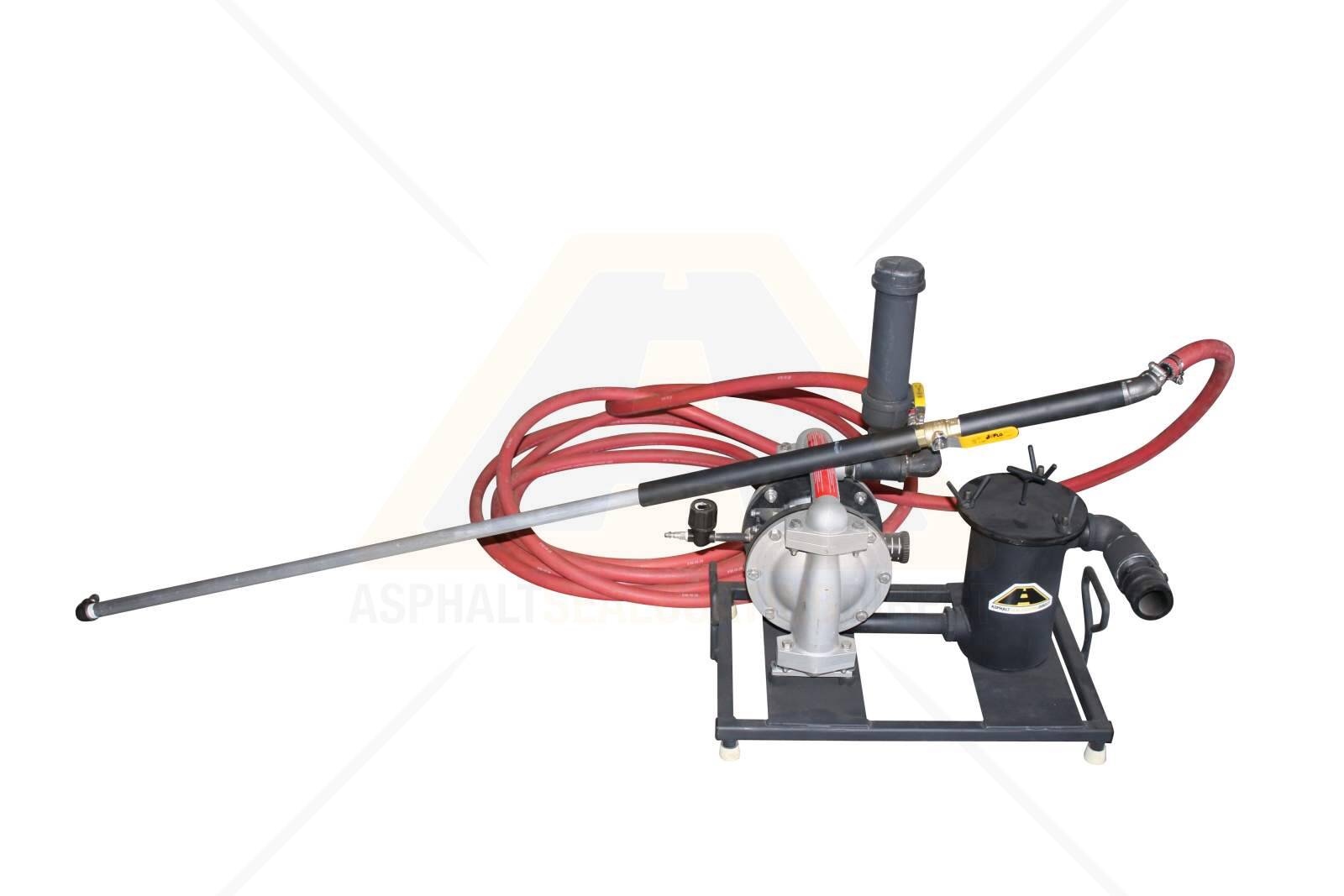Elevate Security and Allure: Angled Car Park Solutions with Asphalt Sealing
Elevate Security and Allure: Angled Car Park Solutions with Asphalt Sealing
Blog Article
Warm Mix Asphalt: A Lasting Option for Sidewalk
Hot Mix Asphalt (HMA) has become a leading sustainable choice for sidewalk remedies, providing a myriad of ecological benefits and innovative technologies. Its ability to reduce and recycle materials power usage provides a compelling situation for its adoption in road construction tasks. Additionally, the lasting performance and sturdiness of HMA make it a favored option for infrastructure development. As the demand for environmentally friendly construction techniques grows, discovering the subtleties of HMA's sustainability can give useful insights right into the future of sidewalk options.
Environmental Benefits of Hot Mix Asphalt

Additionally, Warm Mix Asphalt aids to reduce city heat island impacts. Its dark color takes in sunshine, lowering the amount of heat reflected back right into the ambience compared to lighter-colored sidewalks. This can decrease ambient temperatures in metropolitan areas, decreasing the demand for cooling and eventually decreasing power intake.
In addition, Warm Mix Asphalt contributes to boosted stormwater administration. Its permeable nature permits water to infiltrate the sidewalk and charge groundwater supplies, lowering runoff and the danger of flooding. These environmental benefits make Hot Mix Asphalt a sustainable choice for leading roadways and highways.
Energy Efficiency in HMA Manufacturing
Is power efficiency a critical variable in the production of Hot Mix Asphalt (HMA)? Power plays a significant function in the production of HMA, impacting both price and environmental sustainability. One vital element of power effectiveness in HMA production is the usage of warm mix asphalt (WMA) modern technologies.
Furthermore, advancements in plant modern technologies have actually led to more energy-efficient HMA production processes. By optimizing energy usage in HMA manufacturing, the sector can reduce its carbon footprint while keeping top quality pavement materials.
Recyclability of Warm Mix Asphalt
The recyclability of Warm Mix Asphalt (HMA) is a crucial aspect of its sustainability and long-lasting ecological effect. HMA is among one of the most recycled materials in the United States, with over 100 million lots of redeemed asphalt pavement (RAP) being reused each year in brand-new sidewalk building. Reusing HMA uses a number of environmental advantages, such as lowering the demand for virgin products, lowering energy consumption throughout manufacturing, and reducing the quantity of waste sent out to land fills.
The process of reusing HMA entails grating the existing sidewalk, squashing it right into smaller sized pieces, and blending it with brand-new aggregate and asphalt binder to produce a recycled mix. In general, the recyclability of HMA plays a considerable duty in promoting lasting practices within the pavement sector.

Long-Term Efficiency of HMA
Asphalt sidewalks show durability and resilience over an extended period, showing the lasting efficiency of Hot Mix Asphalt (HMA) The durability of HMA can be associated to its regrading capability to endure heavy web traffic tons, severe climate condition, and the effects of aging. Studies have revealed that properly designed and effectively created HMA sidewalks can last for twenty years or more with regular upkeep. The trick to maximizing the lasting efficiency of HMA hinges on using premium materials, following ideal methods in building, and executing effective upkeep methods. Appropriate drainage, regular assessments, and prompt repair services are essential for maintaining the structural honesty of HMA sidewalks over time. Additionally, advancements in HMA modern technology, such as making use of polymer-modified binders and cozy mix asphalt, have actually better boosted the longevity and durability of HMA sidewalks. By prioritizing quality building and construction and upkeep practices, HMA remains to prove itself as a lasting and economical service for durable pavement facilities.

HMA: Resilience and Sustainability
Demonstrating both toughness and sustainability, Hot Mix Asphalt (HMA) has actually become a foundation in the construction of durable pavement frameworks - hot mix asphalt. HMA's toughness originates from its capability to withstand hefty tons, severe weather conditions, and high website traffic volumes, making it a dependable option for highways, highways, and airport terminal paths. The make-up of HMA, which generally consists of aggregates, binder, and filler, plays a critical function in boosting its long life and resistance to tear and use
In addition, HMA's sustainability depends on its recyclability and energy-efficient production process. The capacity to reuse redeemed asphalt sidewalk (RAP) in brand-new HMA combinations decreases the demand for virgin materials and reduces the ecological influence of sidewalk construction and maintenance. Furthermore, the energy effectiveness of creating HMA lies in its lower mixing temperature levels contrasted to various other sidewalk products, bring about decreased power usage and greenhouse gas exhausts.
Verdict
Finally, hot mix asphalt (HMA) uses a lasting remedy for pavement with its eco friendly qualities. HMA's recyclability, power performance in production, and lasting toughness make it an environmentally friendly selection for roadway construction. By preserving natural deposits, decreasing waste, and reducing greenhouse gas discharges, HMA plays a vital function in promoting sustainability in infrastructure growth. Its capacity to mitigate metropolitan heat island results better highlights its significance in creating eco mindful and durable sidewalk systems.
HMA is one of the most recycled products in the United States, with over 100 million lots of recovered asphalt pavement (RAP) being recycled yearly in brand-new pavement building and construction.The process of reusing HMA entails milling the existing sidewalk, crushing it into smaller sized pieces, and blending it with new aggregate and asphalt binder to develop a recycled mix.Asphalt pavements show durability and durability over an extended period, mirroring the lasting performance of Warm Mix Asphalt (HMA) Additionally, improvements in HMA technology, such as the use of polymer-modified binders and cozy mix asphalt, have better improved the longevity and longevity of HMA sidewalks. The capacity to reuse recovered asphalt sidewalk (RAP) in new HMA combinations decreases the need for virgin products and minimizes the environmental effect of sidewalk construction and upkeep.
Report this page